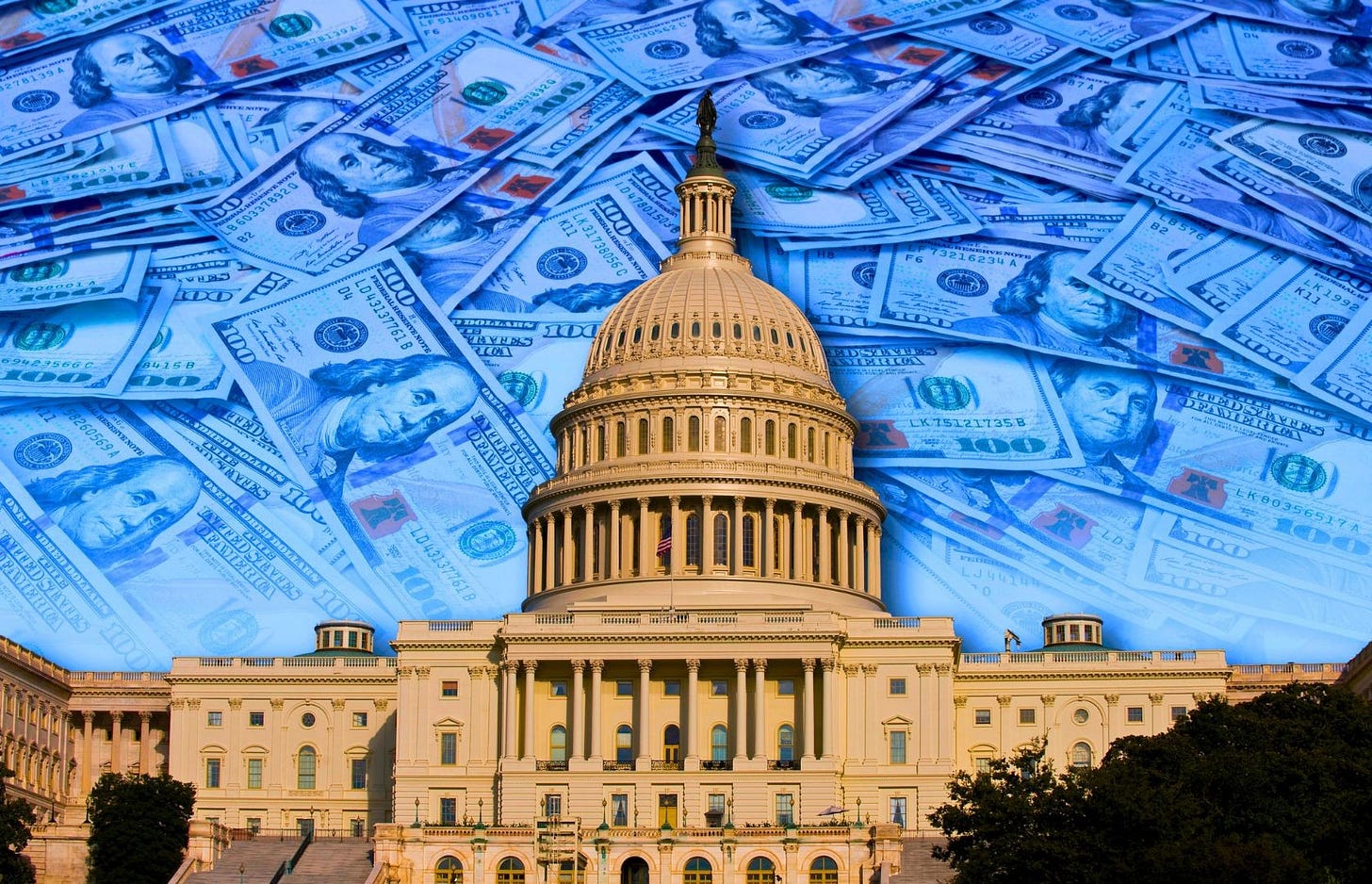Beyond the Visible: The Economic Reality of Government Spending
What happens when political allocation replaces market decisions, and why the most dangerous economic fallacies are those that hide their costs in plain sight.
The Illusion of Something for Nothing
There's perhaps no more pervasive belief in modern politics than the idea that government spending is an economic cure-all. Economic growth sluggish? Unemployment rising? Income inequality growing? The prescription is almost always the same: more government spending.
This belief system has created what economist Frédéric Bastiat called the "broken window fallacy" on a national scale. We celebrate the visible—ribbons cut at infrastructure projects, workers in hard hats, shiny new government buildings—while remaining blind to the invisible: the private businesses never started, the innovations never funded, and the jobs never created because resources were directed elsewhere.
Let's be clear about a fundamental reality that's often obscured in political messaging: Every dollar spent by government must first be taken from someone else. Whether through immediate taxation, future taxation (debt), or the hidden tax of inflation, government can only spend what it extracts from the productive economy.
The Myth of Job Creation
"But what about all the jobs created by government spending?" This is perhaps the most persistent claim made by spending advocates. And yes, we can literally see workers building the government-funded bridge, dam, or housing project. These jobs are concentrated, visible, and make for excellent photo opportunities.
What we cannot see—and what requires disciplined economic thinking to recognize—are the widely dispersed jobs that would have existed had taxpayers kept their money. When the government takes $10 million for a new project, that's $10 million that private citizens can no longer spend on:
New homes and home improvements
Vehicles and appliances
Restaurant meals and entertainment
Keep reading with a 7-day free trial
Subscribe to The Voluntarist to keep reading this post and get 7 days of free access to the full post archives.


